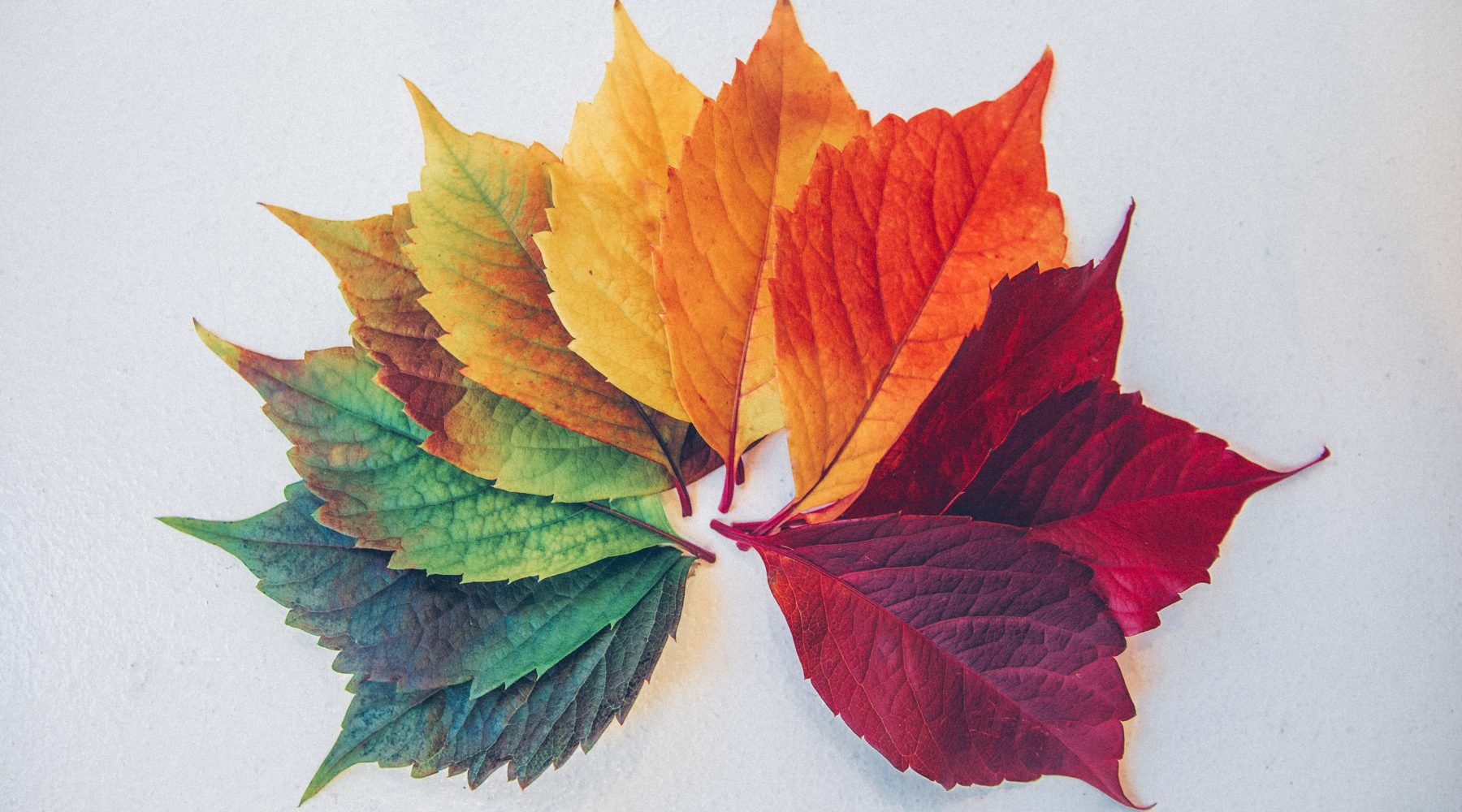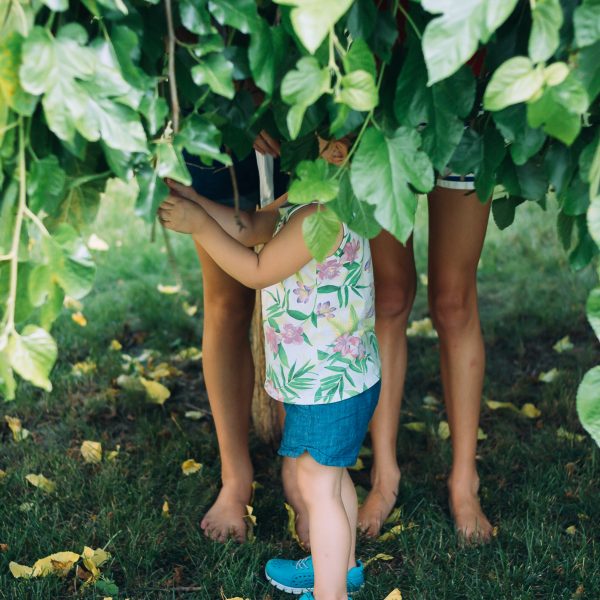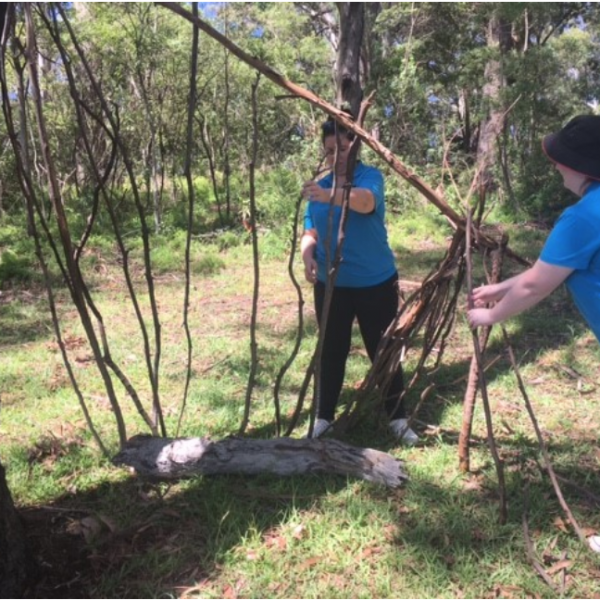Claire Warden warns against dumbing down nature

Claire Warden recently shared her thoughts with UK organisation Day Nurseries, saying too many UK ECEC settings are “nature deniers” who are “faking it for children”, warning against nature- based programs which are a “bolt on” to early years learning, urging practitioners and parents to look more deeply, and think more reflectively, about how children engage with nature and nature- based play.
Founder of Scotland’s first Nature Kindergarten, Ms Warden is well known to the Australian early childhood education and care (ECEC) community for her work on Floorbooks, her numerous publications, and for her participation in Federation University – an Australian hub of nature pedagogy, where she is an honorary research fellow.
Nature pedagogy
Nature pedagogy, as defined by Ms Warden, seeks to immerse children in nature, providing direct contact with the natural world, and giving the children the opportunity to be learning with nature, not just to be taught about it.
Ms Warden recounted to Day Nurseries a story about visiting a preschool where children were lining up to board a minibus to go to the forest, when she noticed a boy rolling on the floor, pretending to be a ball. The following conversation is a summary taken from the Day Nurseries article:
“Once in the forest, the four-year-old found a stick and he called it Burt. He walked around the forest and he said ‘Burt, this is my sandwich’, ‘Burt, this is where I put my rucksack’, ‘Burt, this is my friend Elizabeth’.”
Burt had become a “relational object”. No longer just a stick. Burt was a new playmate, Ms Warden said, until a person she dubbed ‘Fishface’ arrived.
Ms Warden told Day Nurseries she then observed the educator (Fishface) watching the young boy put ‘Burt’ under his coat.
“You know the rules. No nature back at school” the educator is said to have told the boy. Pointing to a bucket labelled ‘Nature’ she told him “Put it in there”.
The story goes on, with Ms Warden outlining the process of the boy saying goodbye sadly to Burt, and dropping him in the bucket. As the children travelled back to the ECEC setting, Ms Warden observed him looking sadly at the bucket, and the forest. She asked if he was feeling ok?
Apparently, Ms Warden said, the young man told her the ‘Nature” bucket is always tipped out behind a tree and perhaps, he hoped, Burt could be retrieved the next time he’s there.
All is not as sad as it seems however, “at this point the boy grins and says: ‘I’m going to be fine’. In his hand he shows her the top inch of the stick called Burt. “I’ve got micro-Burt”.”
The story is illustrative, Ms Warden said, of the capacity of children to triumph over adversity, and also of the “lip service” played to risk and to nature pedagogy, adding that educators missed several opportunities in the scenario outlined above “They didn’t really document the learning that was in the forest because they didn’t really see it as part of the learning process.”
Reconnecting with nature, she said, was not about projecting nature on a poster or screen, or putting “nature” into boxes and buckets. Rather, she said, it was about balance.
Nature in a can – or basket, bottle or bag
There are many ‘stunningly beautiful’ early years spaces that have sanitised, homogenised and packaged nature-based learning – a process Ms Warden described as “canning nature”.
“A staff member can pick up a shell, wash it, put it in an Ikea basket in the classroom” but this, Ms Warden said, is vicarious natural learning – indirect, second-hand contact with nature, a vastly different experience from direct contact with the natural world.
Giving children the opportunity to go into nature and find objects and experiences which are meaningful to them is “an incredibly emotive experience for young children” Ms Warden said, adding that children have a right to be with the natural world.
Keep the glitter out of the nest
Creativity in the nature pedagogy space, was about making things, not consuming things, and about finding pleasure and gratitude in the gifts of the natural world. Cautioning against “faux nature” such as cushions made to look like logs, or recreating fire pits using cellophane and soft edges, Ms Warden was blunt in her reasoning as to why “Birds nests are brown. They don’t have glitter”.
She is an advocate of using fire, earth, water, air in the early years learning. Children should be learning the curriculum, she said, by practising skills in a context that works.
The type of sand used in children’s services also drew Ms Warden’s attention. She spoke to Day Nurseries about play sand, which is “perfectly white, utterly sterile and has all of the excitement of real sand (the many colours and textures of sand found at the beach) removed”.
The final message
“Welcome the complexity of nature in ECEC settings,” Ms Warden said. She urged educators not to shackle children’s learning by shying away from it, prettying it up, or denying children opportunities to be genuinely competent and capable learners in natural environments.
“If we really want children to thrive we need to let their connection to nature nurture them.”
The original article, as published by Day Nurseries, may be accessed here.
Popular

Workforce
Policy
Quality
Practice
Provider
Research
ECEC must change now, our children can’t wait for another inquiry
2025-07-02 07:47:14
by Fiona Alston

Workforce
Practice
Provider
Quality
Research
Supporting successful transitions: Big moves, big feelings
2025-06-26 11:00:30
by Fiona Alston

Quality
Practice
Provider
Research
ECEC in focus - Una Springwood’s intergenerational initiative brings young and old together through connection and care
2025-06-30 10:00:45
by Contributed Content












